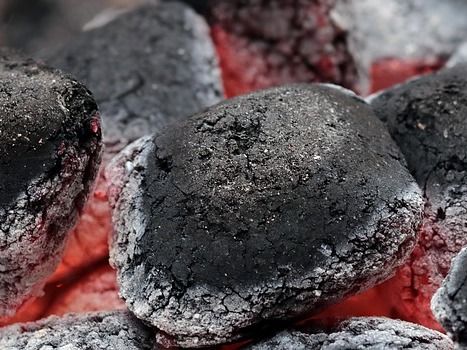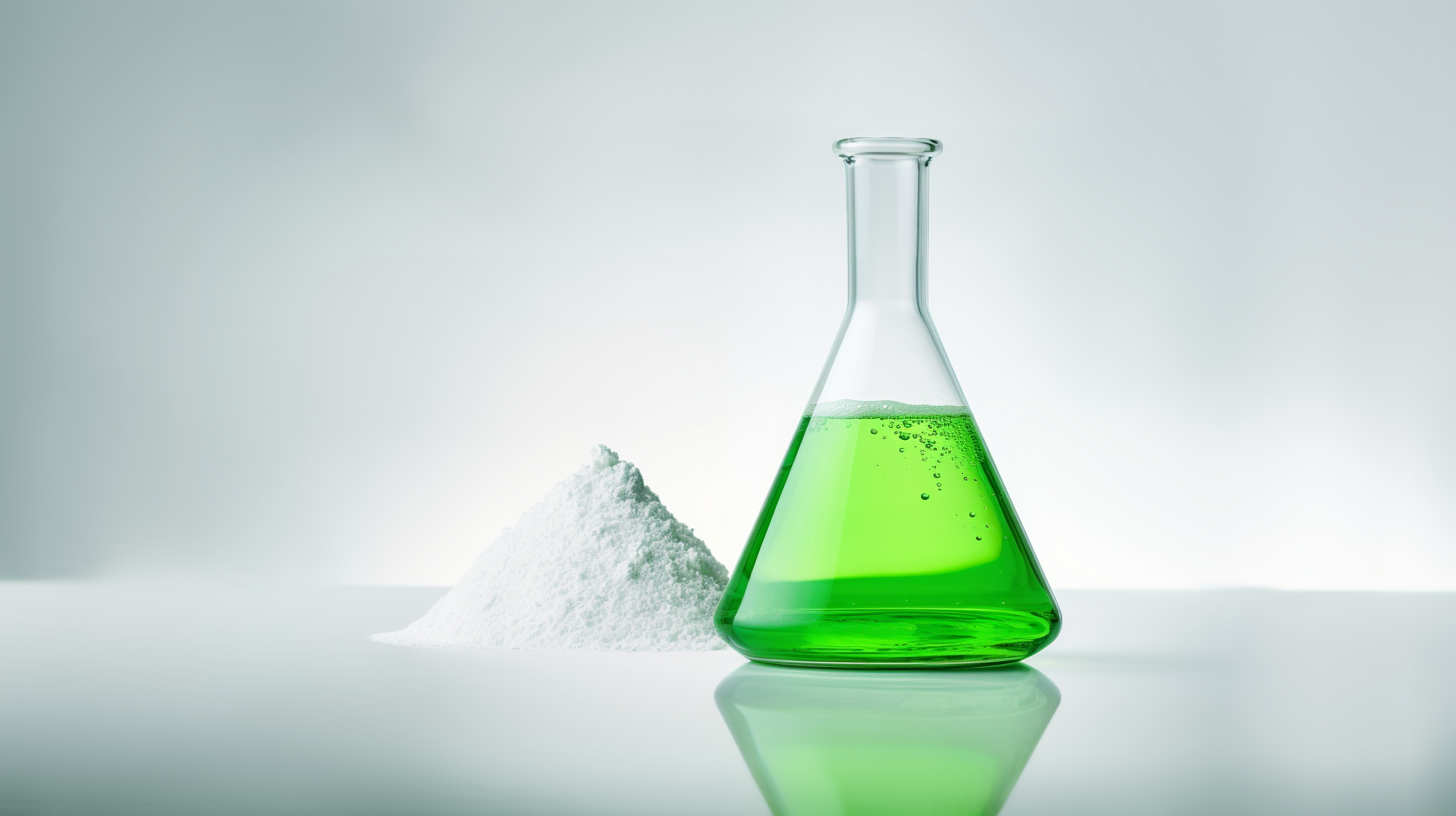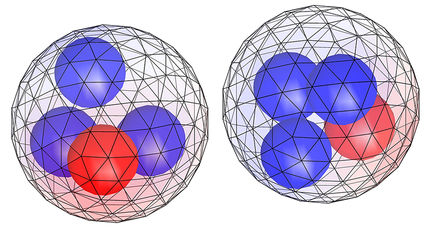Waste coal ash could provide wealth of rare earth elements
New efficient and inexpensive technologies being developed at Purdue University could allow the extraction of rare earth elements, critical components of many electronics and green products, from waste coal ash.

pixel2013; pixabay.com; CC0
This innovation could enable the U.S. to enter into the $4 billion rare earth element production market while recycling coal ash in an environmentally friendly way. The value of the products that require rare earth metals is valued at more than $4 trillion per year. Rare earth elements (REE) largely consist of Lanthanides (Lns), a series of 15 metallic elements.
"REEs have many important applications in things such as permanent magnets in power generation and electric cars, batteries, petroleum refining catalysts, phosphors in color televisions, and many electronics including cellphones. The demand for REEs is predicted to grow dramatically over the next several decades," said Linda Wang, inventor of the technology and Purdue's Maxine Spencer Nichols Professor of Chemical Engineering.
"REEs used in the U.S. are primarily imported from China, which controls over 90 percent of the supply, with wide implications on the U.S. economy and national security.
"For example, after China reduced the export quotas in 2010, the costs of rare earth magnets for one wind turbine increased from $80,000 to $500,000. After China relaxed the export restrictions 18 months later, the prices returned to lower levels than in 2010," she said. "It's highly desirable to develop the capacity to produce REEs in the U.S. and to become independent of foreign suppliers."
Separating rare earth elements is extremely difficult because the elements have the same ionic charge and are similar in size, Wang said.
"Rare earth elements occur in ores in very small concentrations, a few thousand parts per million. Extensive processes of mining, grinding, extraction, and purification are needed to transform the ores to very high purity (approximately 99.9 percent minimum) rare earth metals required for commercial applications," she said. "Typically, old technologies from the 1950s are used for separation and purification. They usually require 1,800 different extraction stages in series and in parallel for purification. Such processes can be hazardous, costly and inefficient." Wang said conventional separation methods also have severe environmental repercussions.
"Current separation technologies produce large amounts of chemical waste, which cannot be economically recycled," she said. "One of the 10 most polluted sites in the world is a manmade lake in China, where the waste effluents from REE extractions are stored."
Wang has developed new chromatography separation techniques that could separate rare earth elements first from other impurities and then from each other by using only a few chromatography units. The processes involve ligand-assisted elution or displacement chromatography methods using robust, low-cost, inorganic sorbent titania or polymeric sorbents. Ligands in the mobile phases
"These new processes can effectively separate REEs with purities and yields greater than 95 percent," Wang said. "Using titania sorbents is what makes this innovation unique. They are robust and inexpensive, making the processes efficient and affordable. We are the first group in the world who developed this technology. Additionally, the byproducts of our process include silica gel, aluminum oxide, and other metal oxides of commercial value, making the overall process profitable and economical."
Wang said that the U.S. has accumulated 1.5 billion tons of coal ash, which could be used to produce REEs for decades.
"Coal ash is rich in rare earth elements, as rich as some of the ore deposits. The United States produces about 129 million tons of coal ash every year. Less than half of it is recycled into low-value products," she said. "In one example, a coal ash storage dike broke and the ash polluted nearby rivers. It took seven years and $1.1 billion to clean up."
Wang says the new technology could provide ways to utilize coal ash that not only satisfy the needs of REE in the U.S., but is beneficial to the environment and could create high-tech jobs.
"We have demonstrated the feasibility of this technology at laboratory scale and believe it is going to be a much simpler, more efficient, and lower capital cost option for REE production," Wang said. "We can design and scale up the process for production; there is still work to be completed to demonstrate these new technologies at larger scales. We have had success in many challenging chromatographic separations, including the purification of medical isotopes, sugars, amino acids, chiral drugs, insulin, polymers, and many others. Thus, we are confident that we can produce high purity REEs from coal ash."
Other news from the department science
Most read news
More news from our other portals
See the theme worlds for related content
Topic world Extraction
Extraction is a fundamental process in the chemical laboratory that enables specific components to be isolated and concentrated from a mixture. Whether it's extracting active ingredients from natural products, removing impurities from synthesis products, or preparing analytical samples, extraction is a key step in achieving precise and efficient results in chemical research and analysis.

Topic world Extraction
Extraction is a fundamental process in the chemical laboratory that enables specific components to be isolated and concentrated from a mixture. Whether it's extracting active ingredients from natural products, removing impurities from synthesis products, or preparing analytical samples, extraction is a key step in achieving precise and efficient results in chemical research and analysis.





























































